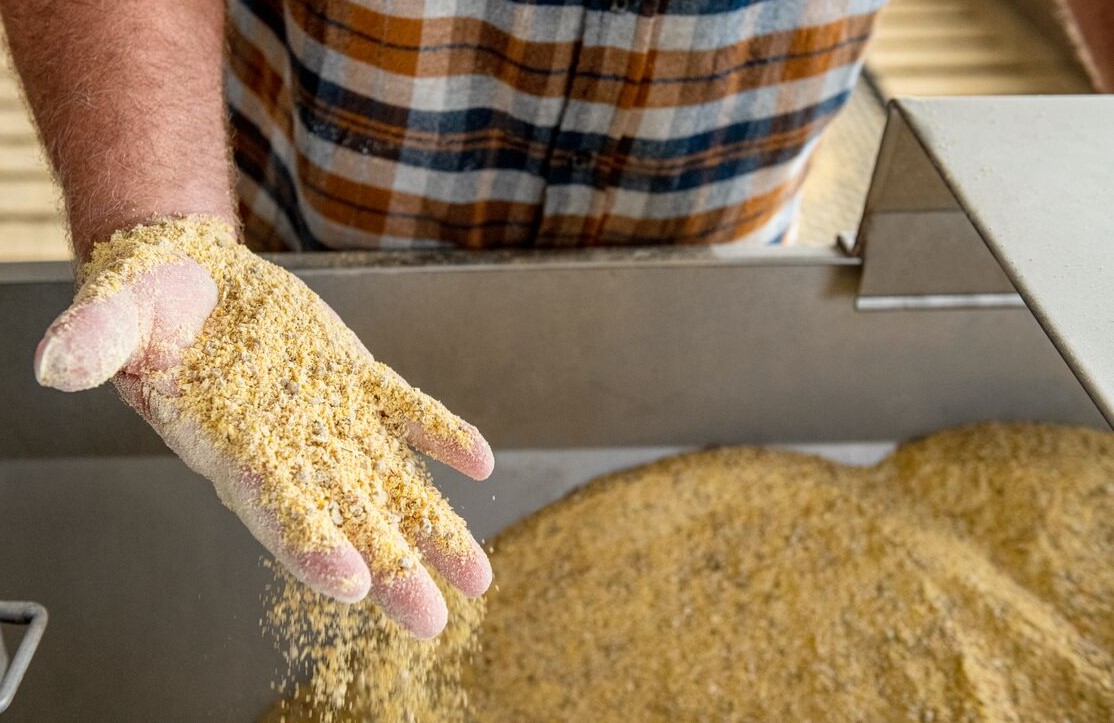Sodium Humate for Heavy Metal Detoxification
1. Introduction
Heavy metal contamination is a persistent global challenge affecting human health, animal productivity, food safety, and environmental sustainability. Metals such as lead (Pb), cadmium (Cd), mercury (Hg), arsenic (As), and copper (Cu) can bioaccumulate in tissues, cause chronic toxicity, and resist degradation. Once absorbed, they may remain in the body for years, disrupting enzymatic systems, damaging organs, and impairing immune function.
Sodium humate, the sodium salt of humic acid, is an environmentally friendly, naturally derived compound obtained from highly oxidized lignite (leonardite) or peat. Its polyanionic structure and rich functional group composition give it exceptional capacity to bind and immobilize heavy metals. This makes it a valuable detoxifying agent in both biological and environmental contexts.
2. Chemical Nature of Sodium Humate
2.1 Origin and Production
- Extracted from natural humic substances, mainly leonardite.
- Produced by alkaline extraction followed by neutralization with sodium hydroxide.
- Purified feed-grade or environmental-grade products differ in ash content, particle size, and purity standards.
2.2 Structure and Functional Groups
Sodium humate molecules are:
- High molecular weight, polydisperse polymers.
- Rich in carboxylic (-COOH), phenolic (-OH), carbonyl (C=O), and quinone groups.
- Contain hydrophobic aromatic rings interlinked with hydrophilic acidic groups.
- In aqueous solution, these acidic groups dissociate, giving a net negative charge that attracts positively charged metal ions.
3. Heavy Metal Toxicity – Why Detox is Needed
3.1 Common Heavy Metals of Concern
- Lead (Pb) – damages nervous system, kidneys, and hematopoietic system.
- Cadmium (Cd) – causes kidney dysfunction, bone demineralization, and carcinogenesis.
- Mercury (Hg) – neurotoxic, disrupts enzymes and proteins.
- Arsenic (As) – affects skin, cardiovascular system, and causes cancer.
- Copper (Cu) – essential in small amounts but toxic in excess.
3.2 Pathways of Exposure
- In livestock: Contaminated feed ingredients, polluted water sources, industrial fallout on pastures, pesticides/fertilizers.
- In humans: Food chain contamination from animal products or crops grown on polluted soils.
- In environment: Mining, smelting, industrial wastewater, sewage sludge application to fields.
3.3 Biological Impact
- Heavy metals often mimic essential elements (e.g., Cd²⁺ mimics Zn²⁺), displacing them in enzymes and proteins.
- Promote reactive oxygen species (ROS) formation → oxidative stress → cellular damage.
- Accumulate in target organs (liver, kidney, brain, bones) with long biological half-lives.
4. Mechanisms of Sodium Humate in Heavy Metal Detoxification
4.1 Chelation
- Primary Mechanism: Carboxylate and phenolate groups in sodium humate bind to heavy metal ions via coordination bonds.
- Stability: The complexes formed are chemically stable under physiological pH, preventing metals from dissociating and entering the bloodstream.
4.2 Adsorption
- Sodium humate’s macromolecular structure provides a large active surface area.
- Adsorbs both ionic and colloidal forms of metals.
- Works through ion exchange and physical trapping in the humate matrix.
4.3 Precipitation
- In some cases, sodium humate-metal complexes precipitate out, further reducing metal solubility and mobility.
4.4 Reduction of Bioavailability
- In animals: Metals bound to sodium humate in the gut are too large for intestinal absorption → excreted in feces.
- In soils/water: Metals are immobilized, preventing uptake by plants or aquatic organisms.
4.5 Antioxidant Effects
- Quinone and phenolic groups scavenge free radicals.
- Reduce lipid peroxidation and DNA damage caused by metal-induced oxidative stress.
4.6 Gut Barrier Protection (Animals)
- Forms a protective layer over intestinal mucosa.
- Reduces irritation and inflammation from metal exposure.
- Maintains beneficial microbiota balance.
5. Applications
5.1 Animal Nutrition
- Purpose: Protect livestock from chronic heavy metal toxicity, improve health and productivity.
- Dosage: Commonly 0.1–0.3% of total feed weight; adjust based on contamination level.
- Benefits:
- Reduces tissue metal residues (liver, kidney, muscle).
- Improves feed conversion ratio (FCR) and growth rates.
- Supports immune response.
- Enhances gut health and nutrient absorption.
Example:
A study in broiler chickens showed that dietary sodium humate reduced cadmium residues in the liver by 63% and in the kidneys by 59%, while increasing average daily weight gain.
5.2 Environmental Remediation
- Soil Stabilization:
Immobilizes Pb²⁺, Cd²⁺, Cu²⁺ in contaminated agricultural soils.
Reduces plant uptake and leaching risk. - Water Treatment:
Applied in wastewater treatment plants, aquaculture ponds, or mine drainage systems to bind dissolved metals. - Industrial Waste Management:
Added to sludge to reduce heavy metal leachability before disposal.
Example:
In a wastewater study, sodium humate removed over 95% of Pb²⁺ ions within 30 minutes at pH 6.5.
5.3 Human Health Research
While sodium humate is not yet widely used as a direct human supplement, studies on humic substances suggest potential in chelation therapy for metal poisoning, with further safety and efficacy trials needed.
6. Factors Influencing Performance
| Factor | Impact |
|---|---|
| pH | Slightly acidic–neutral (5.5–7.5) optimal; extreme acidity can release metals |
| Contact time | Longer exposure improves binding efficiency |
| Metal type | Strongest affinity for Pb²⁺, Cu²⁺, Cd²⁺, Hg²⁺; weaker for alkali metals |
| Dosage | Must balance detox effect with risk of binding essential minerals |
| Purity | Feed-grade sodium humate must be low in ash and free from contaminants |
7. Safety Considerations
- Animal Use: Generally recognized as safe at recommended levels.
- Overuse Risks: May bind essential micronutrients (Zn, Fe, Mn).
- Environmental Impact: Biodegradable and non-toxic; improves soil structure and microbial activity.
- Regulatory Status: Approved as feed additive in several countries; must comply with national feed safety standards.
8. Advantages Over Other Detox Agents
- Natural and biodegradable – safer than synthetic chelators.
- Multi-functionality – detoxification plus gut health improvement.
- Cost-effective – affordable for large-scale livestock or environmental treatment.
- No harmful residues – safe for long-term use.
9. Summary Table – Mechanisms and Benefits
| Mechanism | Benefit |
|---|---|
| Chelation | Stable binding to heavy metals prevents absorption |
| Adsorption | Removes metals from solution/soil |
| Precipitation | Reduces solubility of metals |
| Antioxidant activity | Protects cells from ROS damage |
| Gut barrier protection | Prevents metal-induced gut inflammation |
10. Conclusion
Sodium humate is a versatile, naturally derived detoxifying agent with strong potential for managing heavy metal contamination in both biological systems and the environment. Its binding, adsorptive, and antioxidant properties make it effective at reducing the bioavailability and toxicity of metals such as lead, cadmium, and mercury.
When sourced from high-purity raw materials and applied at appropriate dosages, sodium humate provides:
- Protection for livestock health in contaminated environments.
- Reduction in food chain contamination.
- Long-term stabilization of metals in soils and water systems.
With rising concerns about environmental pollution and food safety, sodium humate offers a sustainable, eco-friendly solution that bridges agriculture, environmental management, and animal health.









